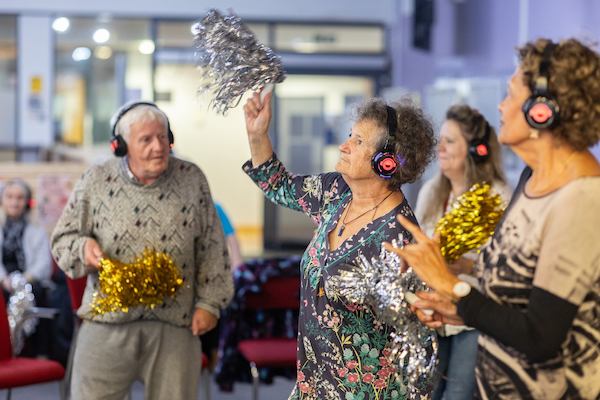One of the oldest forms of human communication is the use of symbols. They remain a powerful way to present information by quickly and simply conveying meaning – a symbol is worth a thousand words. For the most part they're universal, too, and can be understood regardless of your native tongue or grasp of language. We come across symbols or icons all the time in our daily lives. These can take the shape of an arrow, envelope or speech bubble and appear on our phones, websites, leaflets and public signs.
Icons can also be used to represent people, not just concepts or abstract ideas. One of the more recognisable examples is the symbol of a stick figure using a wheelchair, typically used as a symbol for disability or wheelchair accessibility. We see it in car parks and permits, museums, and information desks to name a few. But despite the symbol's ubiquity and recognisability, there have been projects that attempt to rethink and reframe the icon, in order to challenge stereotypes of inactivity and dependence implied by the icon. There have also been questions around whether the icon represents all disabilities, especially those that are considered invisible.
Older people are often portrayed using a stick figure with hunched back and walking stick. The icon is most commonly found on road signs, warning drivers to slow down and be aware of 'elderly people'. Unsurprisingly, this road sign has caused a significant amount of controversy over recent years, and the panel on Loose Women even pitched in with their thoughts last year. Attempts have been made to influence the Department for Transport, encouraging them to reconsider the sign. A spokesperson for the Department previously responded that the sign depicts people of any age with walking difficulties and isn't specific to older people. While that may be true, it's common to still see such road signs accompanied with text that reads 'elderly'. Regardless of the intention the symbol has come to represent older people. What does this say about our attitudes to older people? That they are all frail and have mobility issues?

